No products in the cart.
Adidas vs Reebok: The Unstoppable Icons Redefining Sport and Style

In the vast and vibrant universe of athletic apparel and footwear, few names command Adidas and Reebok’s respect, legacy, and cultural impact. These are not merely companies; they are titans of industry, shaping how we move, perform, and express ourselves. For decades, the conversation surrounding Adidas vs. Reebok has fueled debates among sneakerheads, athletes, and fitness enthusiasts alike.
However, this isn’t a story of one brand conquering the other. It’s a celebration of two distinct philosophies, two remarkable journeys, and how their paths—once intertwined, now separate—continue to drive the entire sportswear industry forward. Both brands boast incredibly positive trajectories, relentlessly pursuing excellence in their respective domains.
Their rivalry is unique. It spans decades of fierce competition, followed by a significant period as corporate siblings under the same umbrella, and now, once again, as independent entities charting their own ambitious courses. This evolution has been transformative, not just for the brands themselves, but for the entire landscape of sport and fashion.
This comprehensive exploration delves into Adidas and Reebok’s heritage, technology, design ethos, and future outlook, offering a definitive guide to understanding what makes each brand exceptional.
A Tale of Two Legacies: Heritage and History
The histories of Adidas and Reebok are as fascinating as they are different. They involve family feuds, groundbreaking innovations, and brilliant strategic maneuvers. Their foundational stories are steeped in a deep understanding of the athlete’s needs, yet their paths to global prominence were markedly different.
Adidas: The Three Stripes Born in Bavaria
The Adidas saga begins in the small Bavarian town of Herzogenaurach, Germany. Adolf “Adi” Dassler was a visionary craftsman obsessed with creating specialised footwear for athletes. Following World War I, he began his enterprise, eventually joined by his brother Rudolf. They founded the Gebrüder Dassler Schuhfabrik (Dassler Brothers Shoe Factory).
Their commitment to performance was evident early on. They famously supplied shoes to athletes in the Olympic Games, including the legendary American sprinter Jesse Owens in 1936. Owen’s historic performance cemented the Dasslers’ reputation for creating world-class athletic footwear.

However, a famous and bitter feud led to a dramatic split in 1948. Rudolf founded Puma (igniting another legendary rivalry in the same town), and Adi established Adidas—a portmanteau of his first and last names—in 1949, registering the iconic Three Stripes logo.
Adi Dassler’s philosophy was rooted in relentless innovation. Adidas achieved international fame early on, notably during the 1954 World Cup final—the “Miracle of Bern.” The West German team, wearing Adidas boots featuring revolutionary screw-in studs adaptable to wet conditions, defeated the heavily favoured Hungarian squad. This victory cemented Adidas’s reputation as a game-changer. The Three Stripes became synonymous with football (soccer), the Olympics, and elite athletic achievement worldwide.
Reebok: The Fitness Revolutionaries
Reebok’s heritage traces back to 1895 in Bolton, England, when Joseph William Foster began pioneering some of the earliest spiked running shoes. The company, J.W. Foster and Sons, remained a respected niche producer for decades. In 1958, Foster’s grandsons adopted the name “Reebok,” inspired by the grey rhebok, a swift African antelope.
While Reebok had a strong running heritage, its seismic shift occurred in the 1980s, thanks to a brilliant strategic pivot executed after American entrepreneur Paul Fireman secured North American distribution rights. While competitors were battling over track and field and basketball courts, Reebok identified an explosive new trend: aerobics.
In 1982, Reebok launched the Freestyle, the first athletic shoe designed for women and the studio fitness craze. It was an overnight sensation. The Freestyle, with its soft garment leather and stylish design, broke the mould. Reebok didn’t just sell shoes; they sold a lifestyle. This success propelled Reebok to the top of the US market in the late 80s, proving that athletic wear could be functional and fashionable. Bold designs and a strong connection to the vibrant, high-intensity fitness culture defined this era.
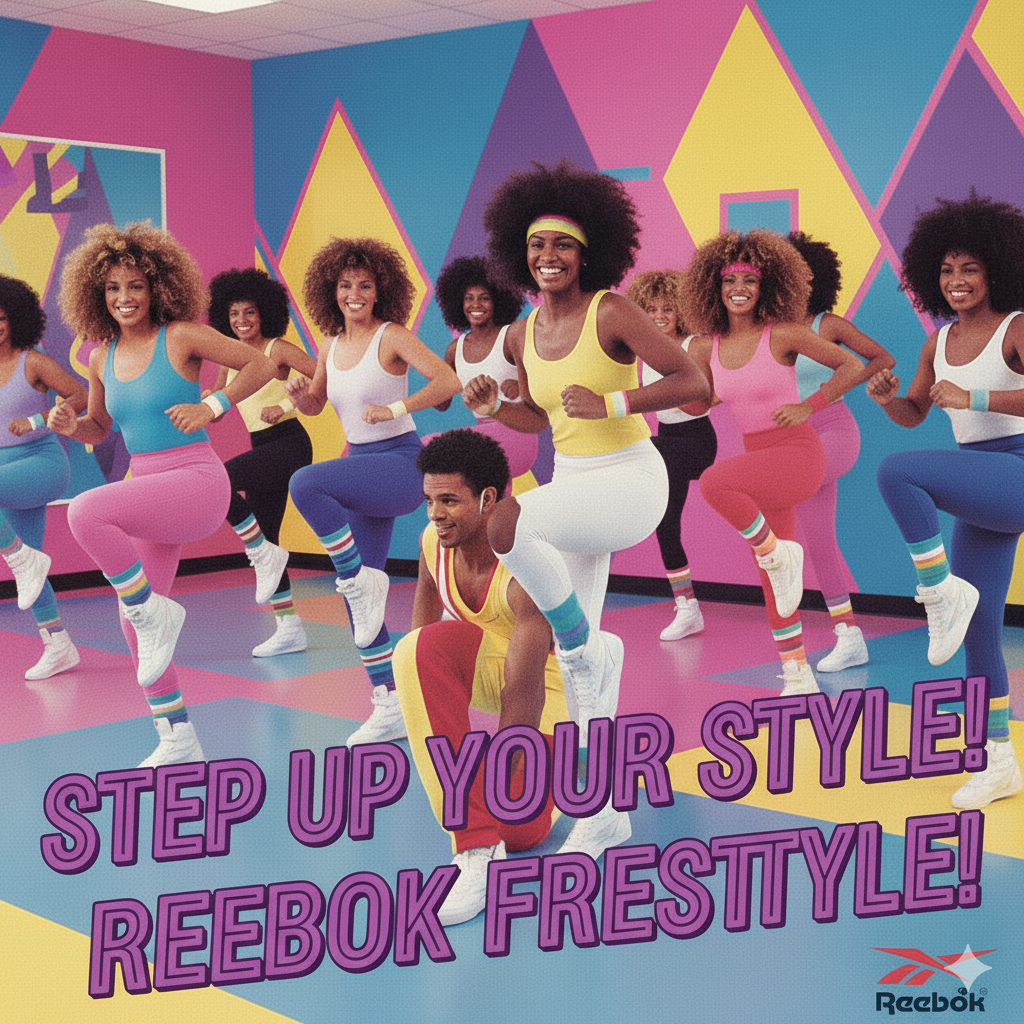
The Corporate Saga: Acquisition, Integration, and Independence
The Adidas vs Reebok narrative took a surprising turn in 2006 when Adidas acquired Reebok for $3.8 billion. The strategic rationale was straightforward: Adidas, dominant in Europe and global football, needed to bolster its presence in North America, where Reebok had a strong foothold in American sports and the fitness sector. The goal was to create a powerful combined entity to challenge Nike’s global supremacy.
The 15-year integration period yielded a complex legacy. It was a time of significant repositioning for Reebok. The brand pivoted away from mainstream team sports and focused intensely on functional fitness. This led to high-profile, long-term partnerships with CrossFit and the UFC.
This strategy cultivated a dedicated, passionate following and led to the creation of the highly successful Nano training shoe franchise, which became the gold standard in the functional fitness community. During this time, Reebok also introduced the Delta symbol, moving away from the classic Vector logo for its performance lines. This signalled a new, gritty era focused on human improvement through fitness.
However, despite these niche successes, many analysts felt that Reebok’s broader lifestyle potential and rich heritage in basketball and running were overshadowed under the Adidas umbrella, as Adidas prioritised its core brand innovations, such as Boost technology.
In 2022, a new era began. Adidas sold Reebok to Authentic Brands Group (ABG), a brand management company specialising in revitalising heritage brands. This divestiture has proven beneficial for both entities. Adidas has refocused its efforts on its core brand, driving innovation in performance and capitalising on the streetwear boom. Reebok, under ABG, has been empowered with a mandate to “Let Reebok be Reebok.” The strategy now focuses on reclaiming its heritage in basketball and lifestyle, while maintaining its authority in the fitness space.
The Innovation Engine: Technology at the Forefront
The sportswear industry is driven by technology. In comparing Adidas vs Reebok, both brands have consistently introduced groundbreaking innovations that enhance performance, comfort, and sustainability. The technological battleground is often where the most exciting developments occur.
Adidas: Data-Driven and Futuristic
Adidas approaches innovation with a focus on material science, data analysis, and futuristic manufacturing processes. Their technological portfolio is vast and impressive:
BOOST Technology: Launched in 2013, BOOST redefined cushioning. Arguably one of the most significant footwear technologies of the last decade, it utilises thousands of expanded thermoplastic polyurethane (E-TPU) capsules, providing unparalleled energy return and comfort. The success of the Ultraboost demonstrated how performance technology could drive lifestyle trends.
Lightstrike: As an evolution of their cushioning strategy, Lightstrike provides lighter, more responsive foam. This foam is crucial for explosive speed and agility, favoured in their basketball shoes and the high-speed Adizero racing lines.
4DFWD: Representing the cutting edge of manufacturing, 4D midsoles are created using Digital Light Synthesis (3D printing). This allows Adidas to design lattice structures precisely tuned based on athlete data, engineered to redirect impact forces into forward motion.

AEROREADY and RDY Series: Adidas’s apparel technology focuses on climate control. AEROREADY provides excellent moisture-wicking, while HEAT.RDY and COLD.RDY offer specialised protection and temperature regulation for various environments.
Sustainability (Primeblue and Primegreen): Adidas has made significant commitments to sustainability, utilising high-performance recycled polyester (Primegreen) and Parley Ocean Plastic (Primeblue) across its major product lines.
Reebok: Bold Concepts and Functional Grit
Reebok’s innovation history is characterised by bold, often visible technologies and a deep focus on the specific needs of the fitness athlete, emphasising durability, stability, and specialised performance.
The PUMP: Perhaps Reebok’s most iconic technology, The PUMP (launched in 1989) allowed wearers to customise the fit by inflating air chambers within the shoe. It was a cultural phenomenon and a genuine innovation in personalised support, leading to the radical and enduring design of the Instapump Fury.
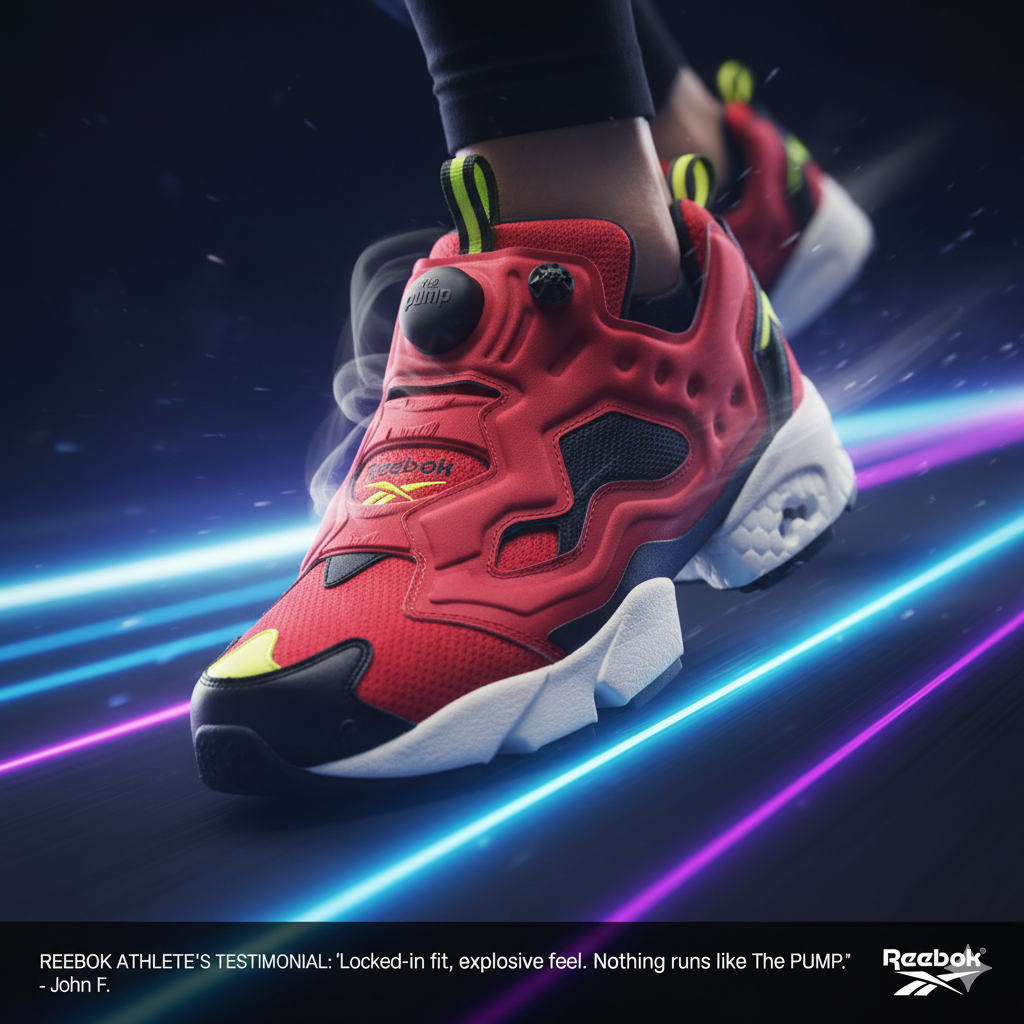
Hexalite and DMX: Reebok excelled in cushioning during the 90s. Hexalite utilised a honeycomb structure for lightweight shock absorption, while DMX focused on “moving air” through interconnected chambers for adaptive cushioning.
Floatride Energy Foam: Reebok’s premier modern cushioning system offers an excellent balance of responsiveness, comfort, and durability. It is highly regarded in the running community for providing high performance at a competitive price point.
Flexweave: A versatile upper material utilising a figure-eight weave, Flexweave provides excellent breathability, durability, and targeted support. It is crucial for the varied movements in high-intensity training, designed to withstand the rigours of the gym.
Design Philosophy and Aesthetics
While performance is paramount, style is what turns a functional product into a cultural icon. The Adidas vs Reebok comparison reveals two different aesthetic languages that appeal to distinct consumer sensibilities.
Adidas: Timeless Cool and Streetwear Mastery
Adidas masterfully balances its deep sporting heritage with an acute awareness of global fashion trends. Their design philosophy often leans towards European minimalism, sleek lines, and timeless appeal.
- Originals: This division is the heart of Adidas’s cultural influence. Silhouettes like the Samba, Gazelle, Stan Smith, and Superstar have remained relevant for decades, effortlessly transitioning from athletic staples to fashion essentials. The current surge in popularity of “Terrace” style footwear highlights the enduring power of these designs.
- Performance Style: Even their high-performance gear, such as the Adizero racing shoes or Terrex outdoor line, carries a distinct, aggressive, and modern design language.
- The Power of Collaboration: Adidas has perfected the art of collaboration. Partnerships with high-fashion houses (like Gucci and Prada) and cultural icons (such as Pharrell Williams and Bad Bunny) keep Adidas at the forefront of the hype cycle, ensuring continuous “brand heat.”
Reebok: Retro Boldness and Authentic Heritage
Reebok’s design philosophy embraces its rich history, often characterised by boldness, retro appeal, and functional grit. The 1980s and 1990s are considered Reebok’s golden eras for design.
- The Classics: The Reebok Classic Leather and the Club C are enduring icons. They offer a clean, versatile look that perfectly fits the current nostalgia trend. They provide a slightly bulkier, more authentic retro aesthetic than Adidas’s sleekest models.
- Fitness Forward: The Nano and other training apparel designs are dictated by function. They look rugged, stable, and ready for work, appealing to those who prioritise gym performance over street style.
- The Vector Logo: The return to the iconic Vector logo (moving away from the Delta logo used during the CrossFit era) signifies a reconnection with the brand’s golden age of sport and style.
Cultural Impact and Market Presence
Both brands command significant market presence and cultural resonance, but their areas of dominance and the demographics they appeal to differ significantly.
Adidas: A Global Powerhouse
Adidas is undeniably larger, consistently ranking as the second-largest sportswear manufacturer globally. Its strengths lie in its diversified portfolio and massive global reach.
Football Dominance: Adidas is the undisputed leader in global football (soccer). Partnerships with major clubs (like Real Madrid and Manchester United), national teams, and endorsements from legends like Lionel Messi secure its visibility on the world’s biggest sporting stage.

Streetwear Credibility: Adidas’s cultural impact is amplified by its deep connections to music history, notably the pioneering endorsement deal with Run-DMC in the 1980s, which laid the foundation for the fusion of sport, music, and fashion. Through strategic collaborations, Adidas maintains an elite level of cultural relevance.
Broad Appeal: Adidas appeals to a wide range of people, from elite athletes seeking peak performance to fashion-conscious consumers and everyday individuals seeking comfortable sportswear.
Reebok: The Resurgent Challenger
While smaller in scale than Adidas, Reebok maintains a dedicated and passionate following. Its cultural impact is rooted in its revolutionary role in the fitness movement and its bold presence in 90s basketball.
Fitness Authority: Reebok remains a leading authority in the fitness world. The Nano is arguably the most popular and respected training shoe globally.
Leveraging Heritage in Basketball: Under ABG, Reebok firmly pushes to reclaim its basketball heritage. By appointing legends like Shaquille O’Neal and Allen Iverson to leadership roles within Reebok Basketball, the brand is tapping into 90s nostalgia and reconnecting with its most iconic ambassadors. This move signals a serious commitment to reclaiming its position in the sport.

Niche Focus: Reebok excels by focusing on its niches—training, running, and classic style—building deep loyalty among those communities rather than trying to compete in every category.
Adidas vs Reebok: Which Brand is Right for You?
Choosing between Adidas and Reebok is less about which brand is “better” overall and more about which brand aligns best with your specific needs, style, and philosophy.

Choose Adidas If:
You prioritise cutting-edge, high-tech cushioning: If you want the energy return of Boost or the data-driven design of 4D, Adidas is the industry leader.
You are deeply involved in football/soccer. Adidas’s dominance in the sport is unmatched, and it offers the best kits, boots, and cultural connections.
You prefer sleek, minimalist, and globally trending streetwear: The cultural cachet of the Three Stripes and silhouettes like the Samba or Ultraboost is undeniable.
Sustainability is a key factor: Adidas has integrated recycled materials (Primegreen and Primeblue) more broadly across its primary product lines than most competitors.
Choose Reebok If:
- If functional fitness, HIIT, or Crossfit is your primary activity, the Reebok Nano is the gold standard for gym stability, durability, and versatility.
- You want excellent value for money in running shoes: The Floatride Energy line consistently offers high performance at a very competitive price point.
- You love authentic retro aesthetics: Reebok’s 80s and 90s designs, like the Club C, Classic Leather, and basketball retros, offer genuine vintage appeal.
You value a brand that clearly focuses on the fitness community. Reebok’s commitment to training remains central to its identity.
The Future is Bright: A Shared Horizon
The landscape of Adidas vs Reebok has evolved significantly. No longer parent and subsidiary, they are now two independent forces, each thriving in its own lane.
Adidas continues to push the boundaries of innovation and style, solidifying its position as a global leader. Having navigated recent challenges, Adidas has shown remarkable resilience. Its strategy focuses on extending the lifecycle of existing franchises (like the Samba and Gazelle), driving innovation in performance categories, and maintaining a strong global marketing presence. Its ability to create “brand heat” and connect with consumers on a performance and lifestyle level is remarkable.
Energised by its new ownership and a clear strategic vision, Reebok is successfully reclaiming its heritage. By focusing on its strengths in fitness, revitalising its iconic basketball lines with the help of Shaq and Iverson, and leveraging its authentic heritage, Reebok is poised for significant growth and a return to prominence.
Ultimately, the rivalry between Adidas and Reebok—characterised by mutual respect and a shared commitment to excellence—benefits the consumer. It drives innovation, enhances quality, and provides a richer variety of choices. Whether you pledge allegiance to the Three Stripes or the Vector, both brands offer compelling reasons to join their journey. In the world of sportswear, these two icons prove that there is ample room at the top for distinct visions of excellence.
This article contains affiliate links, which means we may earn a small commission if you make a purchase using the links below. This helps us keep our blog running and provide honest, helpful reviews.

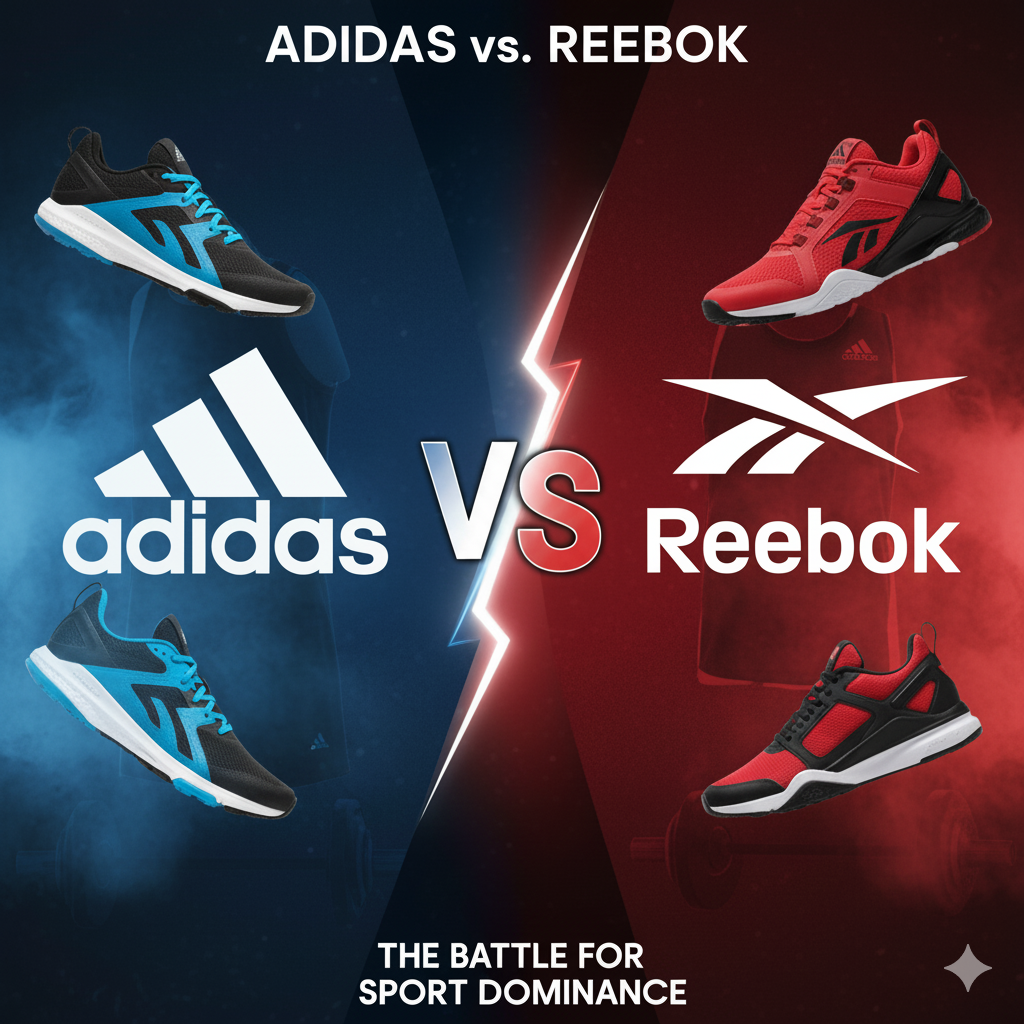


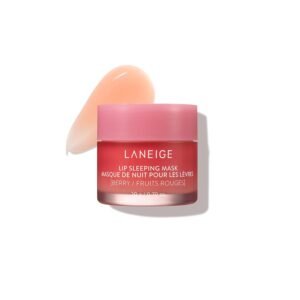


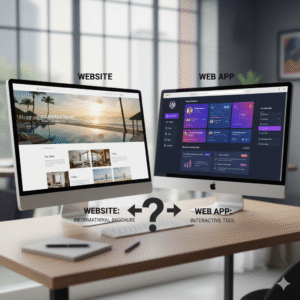

Add comment